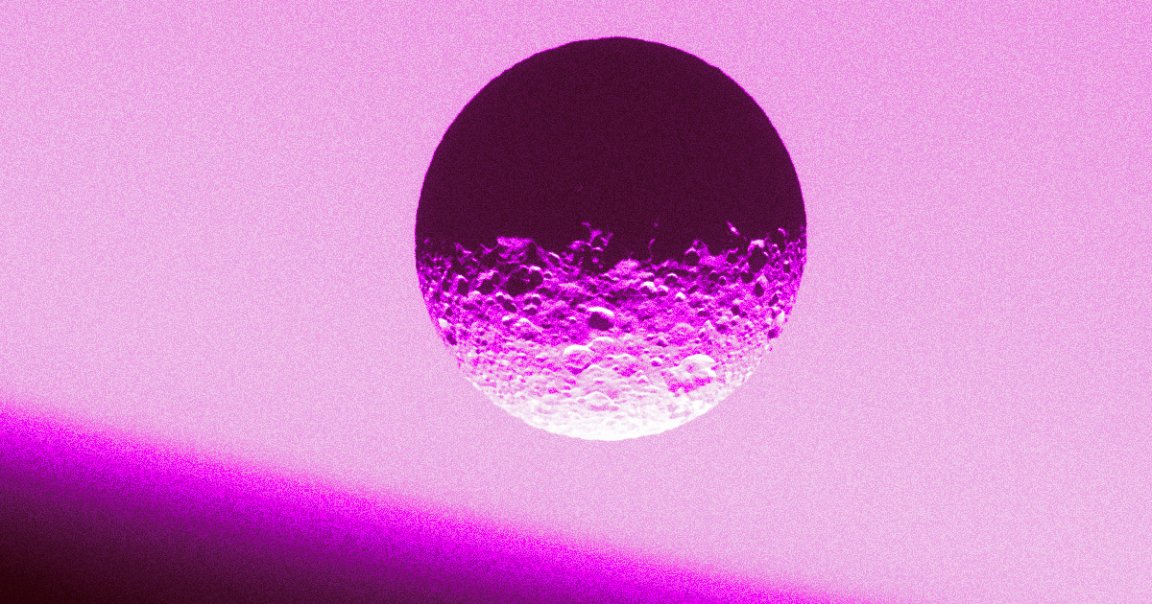
Seaing Is Believing
One of Saturn’s smallest moons is shaping up to be one of its most unique. Astronomers now believe that Mimas — best known for its huge Death Star-dimple-esque crater — is secretly host to a global ocean beneath its icy, pockmarked surface.
As detailed in a new study on the discovery published in the journal Nature, this vast, hidden body of liquid water is relatively young, thought to have formed only five to fifteen million years ago. That it could go undetected for so long — with virtually no discernible clues on its surface — could suggest that other moons that once appeared barren could also be hiding oceans, a tantalizing factor in the search for off-world life.
“If Mimas hides a global ocean, this means that liquid water could lie almost anywhere,” study co-author Valéry Lainey, an astronomer at the Observatoire de Paris, told CNN.
Cold Case
For years, it didn’t appear that there was much else to the moon beyond its distinctly cratered surface made of a thick crust of water ice.
A closeup look began to change that. Starting in 2004, NASA’s Cassini spacecraft went on to spend over a decade probing Saturn and its 146 moons, including Mimas. Nothing would be betrayed by its icy exterior, but its somewhat anomalous orbit, however, clued astronomers in that there might be something more beneath its surface.
The tiny moon spends about 22 hours orbiting its host planet in an elliptical path, keeping an average distance of about 115,000 miles. Orbital and rotational data collected by the Cassini spacecraft showed that, along the way, Mimas would undergo subtle changes in its gravitational interactions with Saturn — changes which the researchers say couldn’t be explained by a solid interior. The only explanation, they argue, is a subsurface liquid ocean, trapped beneath a frozen shell between 12 to 19 miles thick.
As it stands, the team believe that it formed as the result of the friction induced in Mimas’ rocky core by Saturn’s powerful tidal forces. Over millions of years, this generated enough heat to melt some of the ice shell.
Ripe Young Age
The ocean’s young age means that it’s very, very unlikely to support life. On the other hand, because Mimas is at such an early stage in its ocean’s development, astronomers can see how these off-world seas evolve, and perhaps how life-supporting conditions could arise in them.
“The existence of a recently formed liquid water ocean makes Mimas a prime candidate for study, for researchers investigating the origin of life,” said co-author Nick Cooper, an astronomer at the School of Physical and Chemical Sciences at Queen Mary University of London, in a statement about the work.
Above all, it’s another case in point that ocean-harboring moons in our solar system aren’t as uncommon as they once appeared.
More on space: NASA Rover Spots Dead Mars Helicopter in Its “Final Resting Place”